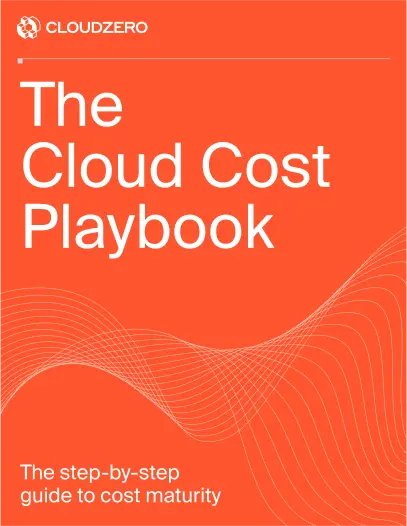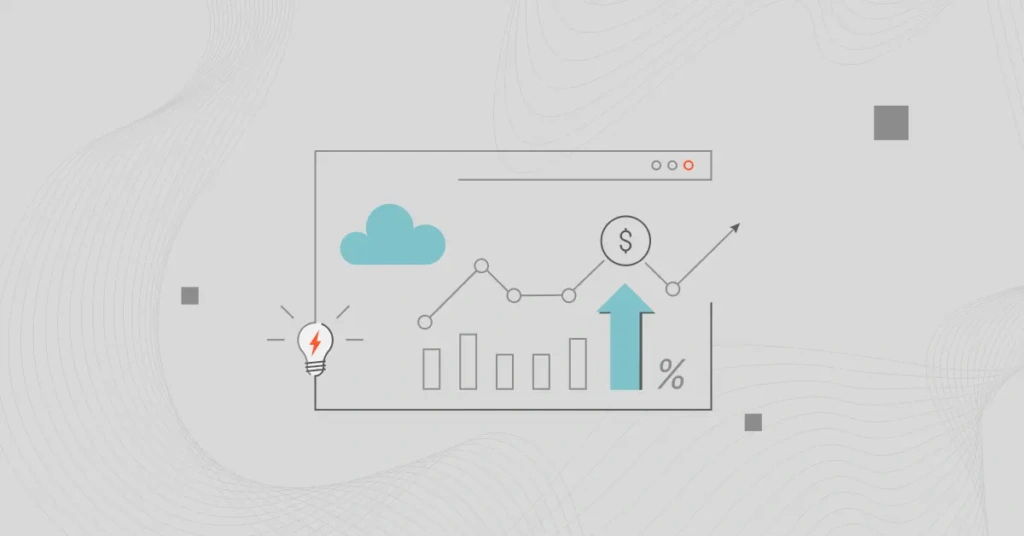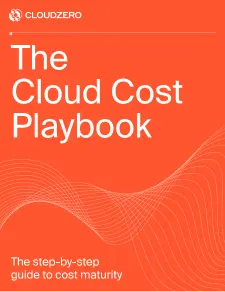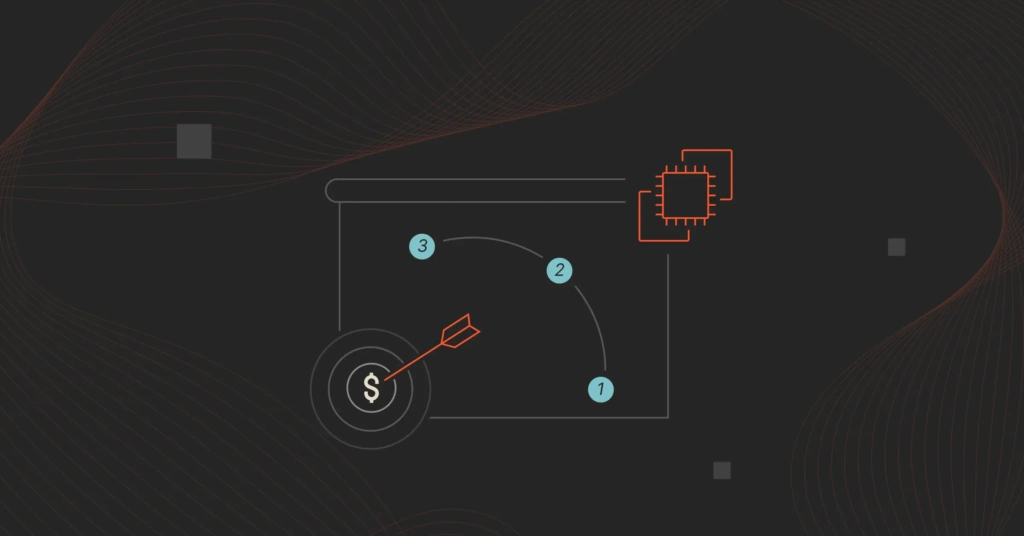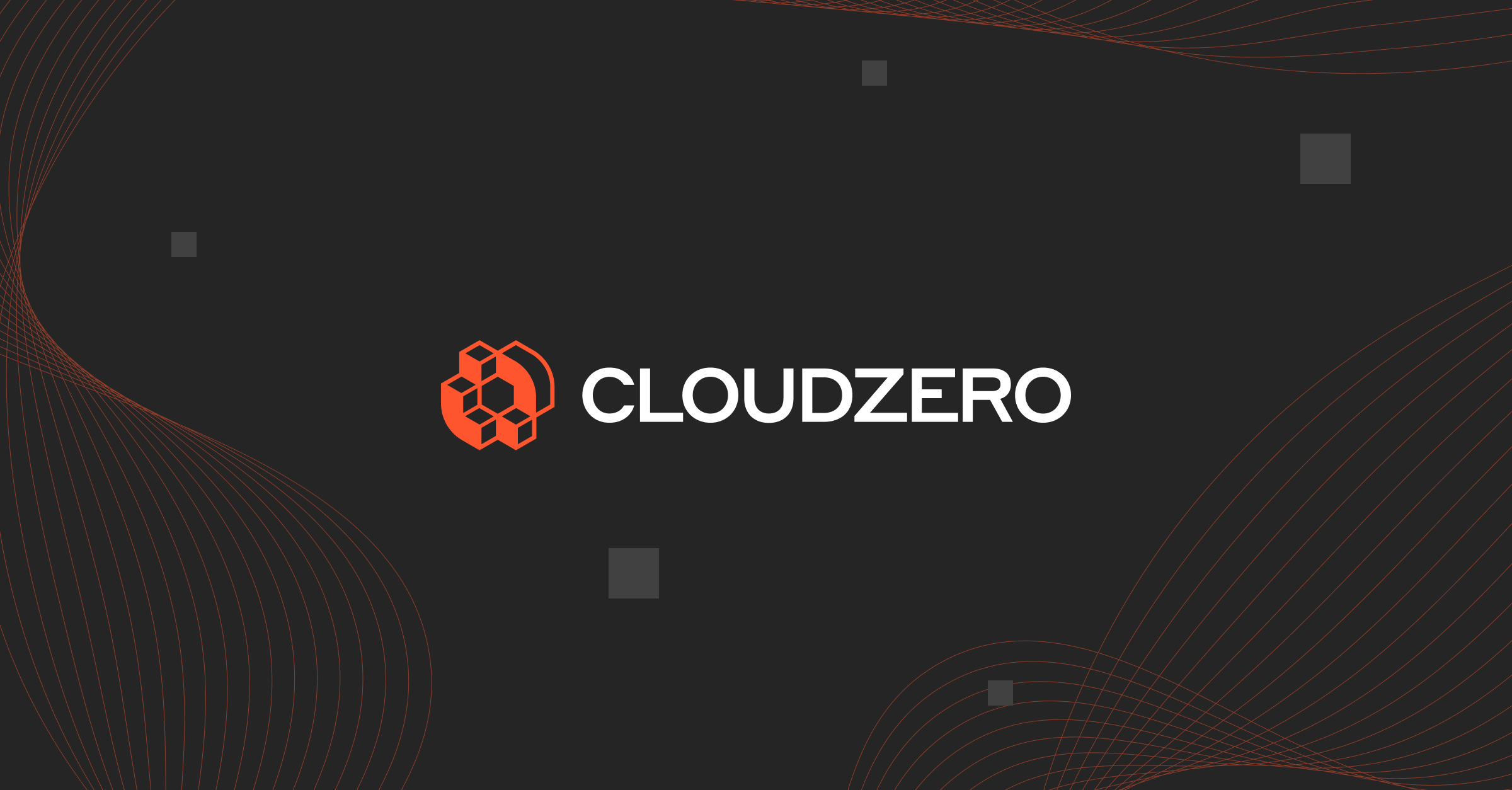One of the cloud’s greatest advancements is its ability to scale resources like vCPU and memory based on demand.
However, this auto-scaling can also lead to unexpected cost fluctuations — sometimes subtle, sometimes dramatic — especially with new or unpredictable workloads.
That’s why cloud forecasting is essential. It helps you stay ahead of unpredictable costs by aligning your spending with business goals. How?
We’ll break down how cloud cost forecasting works. More importantly, you’ll discover how to use it to cut waste and maximize your cloud ROI.
What Is Cloud Forecasting?
Cloud forecasting involves predicting future cloud costs by analyzing historical usage patterns and considering upcoming initiatives. This process can help your team anticipate costs, allocate resources where it matters most, and make informed decisions on an ongoing basis.
The more accurate your cloud forecasting, the greater the benefits, including:
- Continuous cost optimization. Analyzing forecasts against historical usage patterns can help you identify anomalies in spend. Each time your costs change significantly, you can tell if it results from growth or environmental changes — or if you are simply overspending.
- Efficient resource allocation. Forecasting provides opportunities to plan, allocate, and optimize computing capacity. You can, for example, brainstorm and decide which cost centers to cut, trim, or eliminate to reduce ongoing costs and which areas to invest more in to improve margins.
- Superior strategic planning. A vivid view of future cloud costs can help you balance financial responsibility with growth and innovation. For example, you can explore different instance types and discount programs, like Reserved Instances (RIs), to stay on budget instead of flowing with runaway costs and infrastructure changes.
- Better collaboration. The forecasting process encourages a culture of shared responsibility and informed decision-making between finance, operations, and engineering.
So, how do you accurately forecast cloud costs to inform your next budget?
How Is Cloud Forecasting Done?
In general, there are four types of cloud forecasting methods. A fifth approach, the hybrid method, combines two or more strategies.
A common forecasting best practice is to test several methods. This can provide different perspectives on your future spending, one of which is likely to closely match your actual costs.
Here are the key types of cloud forecasting and why each matters:
1. Simple (Naïve) forecasting
This method assumes that what you spent last month will be the same this month and the next. While quick and straightforward, it’s called naive for a reason: it doesn’t factor in growth, seasonal spikes, or new projects.
However, if your cloud usage is stable and predictable, it can serve as a solid baseline. For example, if you’re using Reserved Instances and don’t expect major changes during the commitment period, this approach works fine.
2. Trend-based forecasting
This approach looks at past cloud usage patterns and projects them into the future. So, if your storage needs have increased by 10% per month, this method assumes this trend will continue. Steadily.
However, trend-based forecasting can struggle with sudden changes, like unexpected traffic spikes during a marketing campaign (e-commerce) or a new feature rollout (deployments).
3. Driver-based forecasting
Instead of just looking at historical data, this method factors in real-world business drivers. These include customer growth, new product launches, or marketing campaigns.
Say you are planning a major Black Friday sale. In that case, driver-based forecasting will estimate the extra cloud demand that comes with increased website traffic.
The approach is solid for businesses with fluctuating workloads, but it is more demanding to implement.
4. Net New Workload forecasting
Some refer to this approach as workload or pipeline forecasting. Net new workload forecasting estimates the cost of additional resources you need to launch new workloads, products, or services — before they go live.
A great example is the AWS Pricing Calculator and CloudZero’s Cost Advisor. Both provide a tailored estimate of cloud costs based on your chosen infrastructure setup. As you adjust your configuration, such as picking larger instance sizes, the calculator updates your forecast to reflect the cost of this infrastructure change.
However, without prior data or experienced engineers, this method can feel like trial and error. That said, it helps you gather valuable first-hand insights into your actual cloud costs and trends over time, ultimately improving the accuracy of your future forecasts.
Preparing For The Challenges Of Cloud Forecasting In 2025
As you may have already noticed, each cloud cost forecasting method has its strengths and limitations. And in reality, most businesses use a mix of them.
Forecasting in the cloud presents additional hurdles you’ll want to watch out for to prevent surprises:
1. Low cost visibility
It’s tough to accurately estimate what you have little insight into. And guessing your way through it can lead to a runaway cloud bill.
Consider this. Only about one-third of organizations in CloudZero’s State of Cloud Cost report know how much different aspects of their business cost. As a result, 58% found their cloud costs were higher than expected.
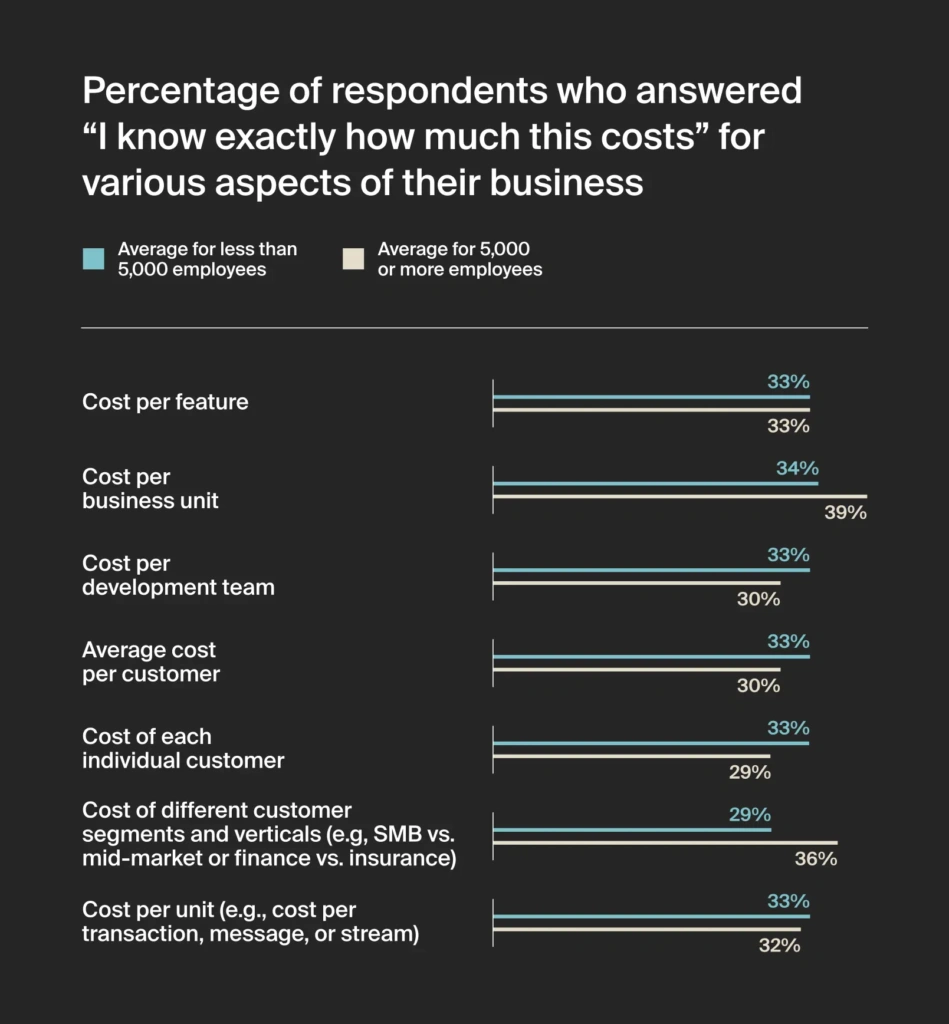
See the connection? Low cost visibility impacts forecasting accuracy, potentially leading to surprise costs.
This level of cloud cost intelligence is crucial for accurate forecasting. However, it’s often tough to achieve because conventional cost tools lack the granular insights to track and predict costs with precision (a.k.a. confidence).
Related reads:
How CloudZero Provides Unit Costs Better Than Anyone Else
How CloudZero Allocates Spend Better Than Anyone Else
Know When You’ve Got Deep Enough Cloud Cost Metrics
2. Variable cloud spend
Cloud costs are inherently unpredictable because resources scale up or down in real-time to match workload demands. This means your cloud spend can fluctuate at any moment, making it tough to forecast and control.
Nine out of ten respondents in our survey said that poor visibility into cloud costs made it difficult for them to do their jobs well.
3. Unpredictable workloads
Businesses often experience fluctuating workloads due to seasonal demands, market trends, or unexpected events. These variations can lead to significant deviations from forecasted cloud usage and costs.
Take Adobe’s 2018 incident, for example.
A development team accidentally incurred $80,000 a day on a Microsoft Azure cloud compute job. After running unnoticed for just over a week, the bill skyrocketed to over $500,000.
This may be an extreme case. However, it highlights how a few runaway sessions can dramatically impact cloud costs.
4. Evolving pricing factors
Cloud service providers constantly update their pricing models, introducing new rates, discounts, and billing structures. Keeping up with these changes and understanding their impact is essential for accurate cloud cost forecasting.
5. AI and Machine Learning integration
The growing adoption of AI and machine learning in business operations adds another layer of complexity to cloud forecasting. These technologies require substantial computational power. And this makes it even more challenging to accurately predict their usage patterns and impact on your monthly bill.
6. Rapid technological advancements
Likewise, the cloud landscape is evolving rapidly, with new services and features rolling out constantly. Adopting these innovations makes it challenging for organizations to keep their forecasting models accurate, increasing the risk of unexpected costs.
7. Data security and compliance
As data protection laws change, your businesses must factor in the costs of implementing the necessary measures, expenses that are challenging to anticipate.
8. Multi-cloud complexity
Many organizations embrace multi-cloud strategies for greater flexibility and resilience. However, managing multiple cloud environments adds complexity to tracking usage and costs.
But we’re not here to tell you these challenges can’t be overcome — far from it. So, here’s how you can tackle cloud cost forecasting head-on and continuously optimize your spending.
Strategies And Tools For Predicting Costs In The Cloud
Accurately forecasting cloud costs requires blending financial discipline, technological insights, and proactive management.
Consider these techniques to improve your cloud forecasting and budgeting:
1. Determine your unit costs
Truly understanding your cloud costs means identifying the people, products, and processes driving your spending. If you’re unsure where to start, begin by tracking costs at a granular level — per customer, product, feature, team, and environment.
Consider this:
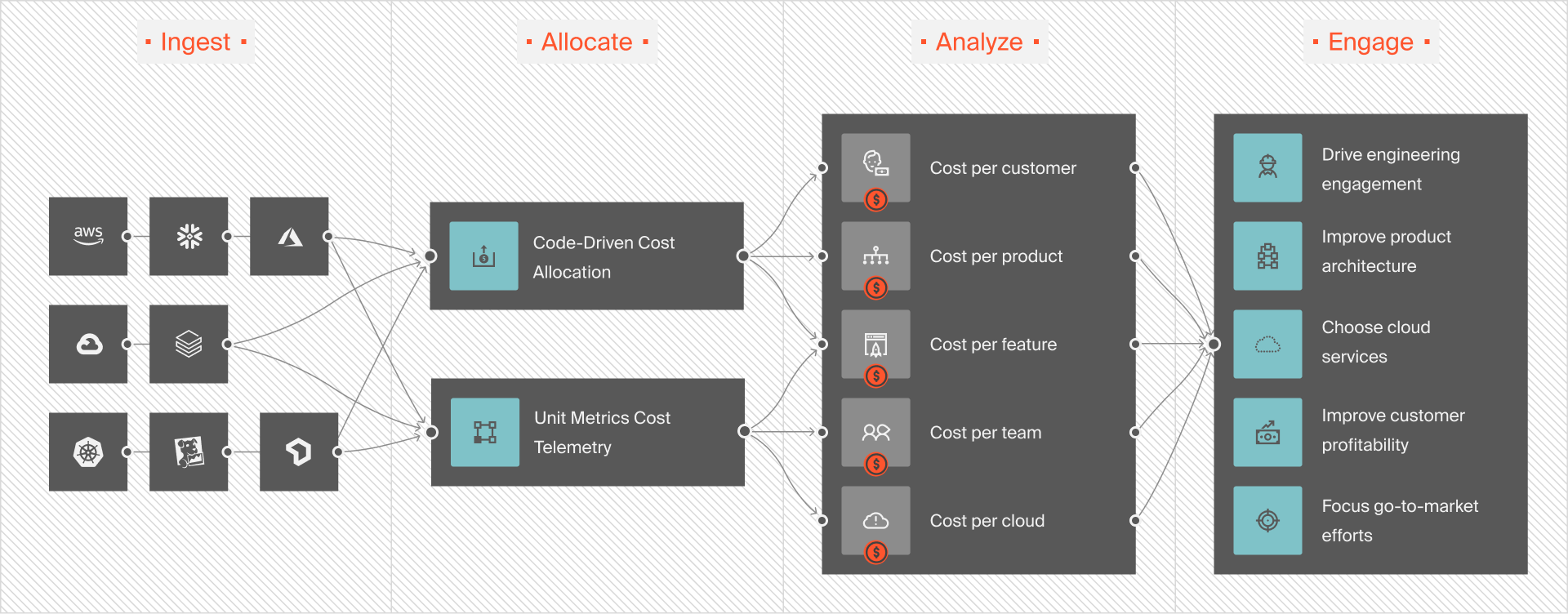
For deeper insights, check out this guide on the key steps to take before forecasting your cloud costs.
2. Adopt FinOps best practices
Cloud cost forecasting isn’t just for finance teams — it requires collaboration between finance, engineering, and operations. FinOps (Cloud Financial Management) ensures cloud spending aligns with business goals by promoting cost visibility, accountability, and continuous optimization.
See our bookmarkable guide to FinOps here. Then, apply these FinOps best practices to get more impactful results.
3. Set budget alerts and monitoring systems
Setting up cloud budget alerts and anomaly detection helps prevent unexpected cost spikes. Real-time tracking tools notify teams when spending deviates from expected patterns so you can swoop in and take corrective actions.
4. Use historical data to identify and take advantage of trends
Past cloud usage patterns can help you understand seasonality, workload spikes, and underutilized resources. So, you’ll want to regularly analyze this data to make informed decisions about the expected costs of similar workloads.
5. Get a hand to handle it
If you’re running new workloads with unpredictable requirements, consider consulting professionals with experience across similar businesses in your industry.
They can provide valuable insights into cost allocation for scenarios you haven’t encountered yet. This can help you minimize large discrepancies between forecasted and actual costs — ideally keeping variances below 20%, as recommended by the FinOps Foundation.
Related read: Creating The Perfect Variance Analysis Report: 5 Best Practices
6. Leverage AI-driven forecasting models
Machine learning can analyze historical usage data and predict future costs with high accuracy. AI-based forecasting tools detect trends, anomalies, and potential budget overruns before they happen.
Native cloud services such as Cost Explorer often include the capability built-in. However, dedicated tools such as CloudZero offer deeper, more precise insights.
Related read: AWS Cost Explorer Vs. CloudZero
7. Regularly adjust forecasts based on business changes
Cloud environments are dynamic. New feature rollouts, business expansions, or traffic spikes can drastically impact your cloud costs. So, you’ll want to evolve by reviewing and adjusting forecasts on a rolling basis to ensure they remain accurate.
For more insights, read: Cloud Budgeting: A Guide To Accurately Forecasting Cloud Spend
8. Use Reserved Instances and Savings Plans for predictable workloads
If workloads are stable, committing to Reserved Instances (RIs) or Savings Plans can reduce long-term cloud costs.
For shorter, less predictable workloads, consider using Spot instances to reduce cloud compute costs. You can use tools like Xosphere to automate the dynamic switching between Spot and On-Demand instances on AWS (adjusting in real-time based on capacity and pricing changes).
Forecast And Control Your Cloud Spend With Precision — The Smarter Way
We built CloudZero to help you predict, anticipate, and manage cloud costs with confidence — all without limiting engineering innovation or system performance.
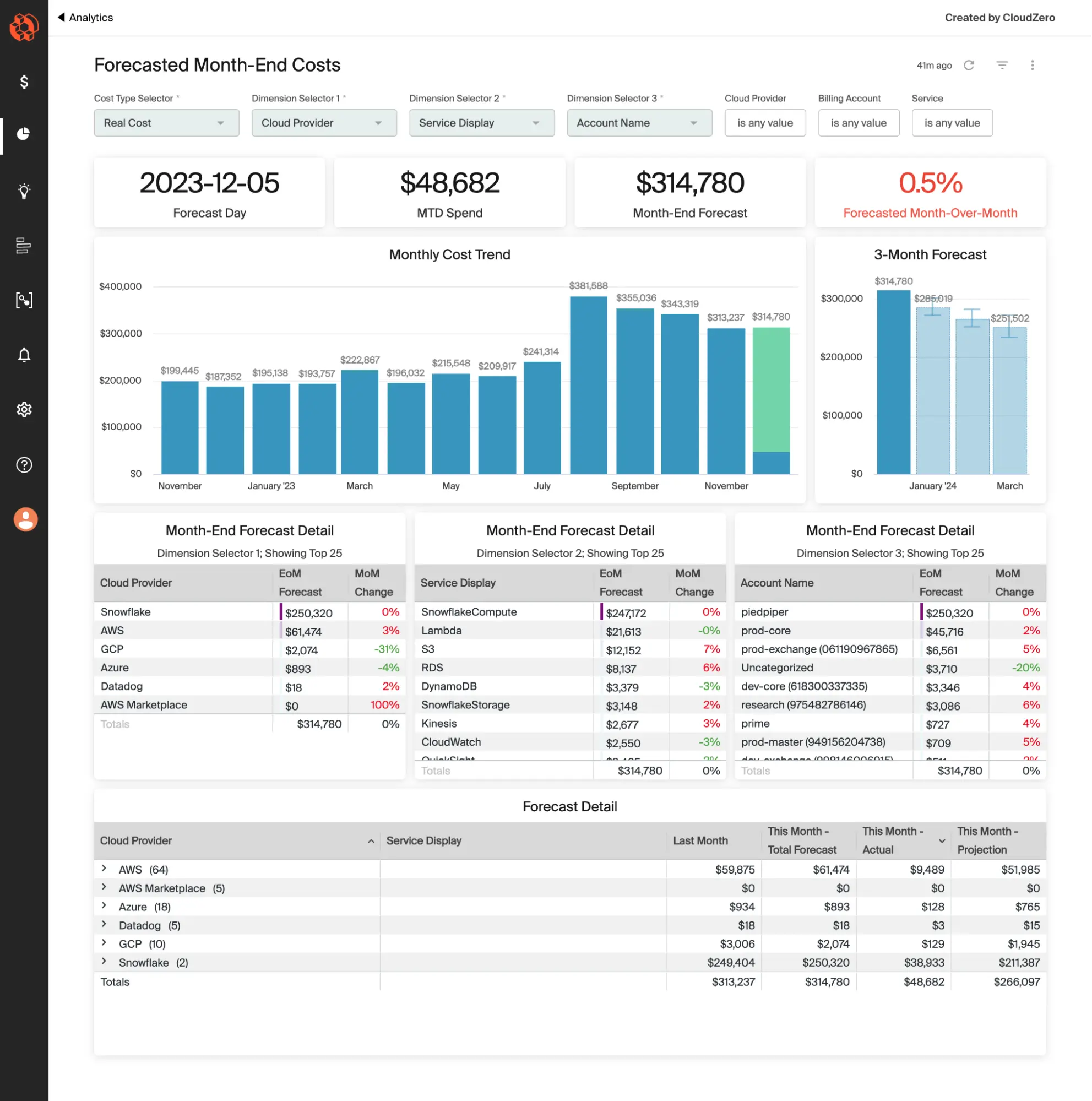
Here’s how:
- Unit Cost analysis: CloudZero is the first platform to offer precise unit cost insights at a granular, hourly level. Track your costs per customer, team, feature, product, and more across cloud platforms like AWS, Azure, Kubernetes, Snowflake, and Datadog. This lets you pinpoint exactly where to cut waste to improve your margins.
- Custom budgeting and forecasting: Get instant visibility into business unit costs and track spending against your custom budgets and forecasts.
- Real-time visibility: No more waiting hours, days, or weeks to understand why your cloud costs are changing. CloudZero helps you fix it sooner.
- Certified FinOps support: Our FinOps folks are a key reason CloudZero customers typically recover their subscription fees in just three months. Take Skyscanner, for example. They found enough savings in just one week to cover their entire annual CloudZero subscription.
- Automate cost allocation: Forget the hassle of manual tagging. CloudZero automates cost allocation, eliminates blind spots, and gives you the confidence to forecast future costs accurately.
- AI-powered anomaly detection: Our real-time anomaly detection delivers context-rich, noise-free alerts. This ensures you can quickly identify and resolve cost spikes before they lead to overspending.
With CloudZero, innovative teams at companies like Upstart, Shutterstock, and Hiya can confidently answer “What if” questions about new business initiatives, encourage cost ownership among engineering teams, and optimize spending to improve margins. Upstart, for example, saved $20 million in the process.
And you can, too — risk-free.  to see how CloudZero can help you take control of your cloud forecasting.
to see how CloudZero can help you take control of your cloud forecasting.
